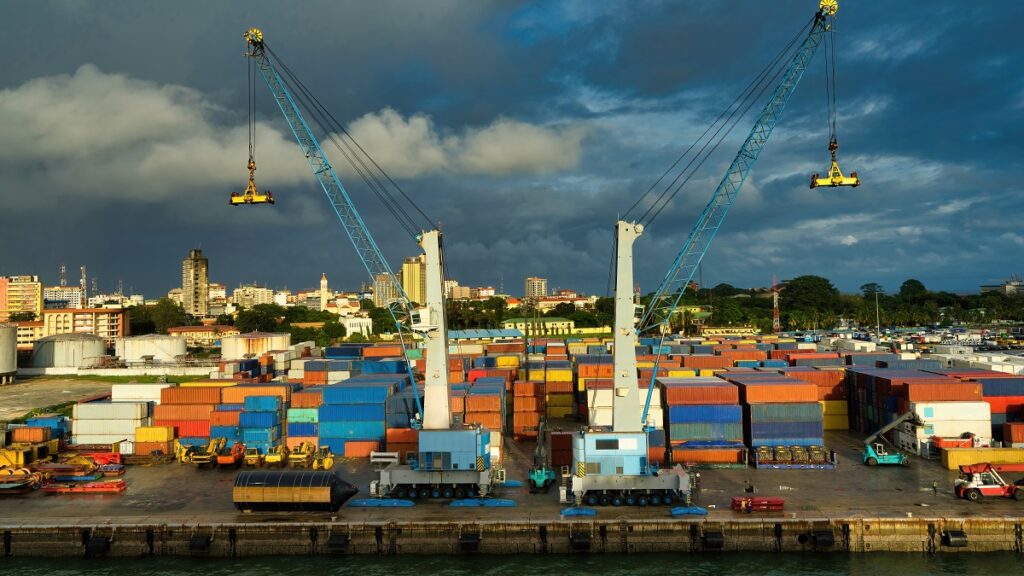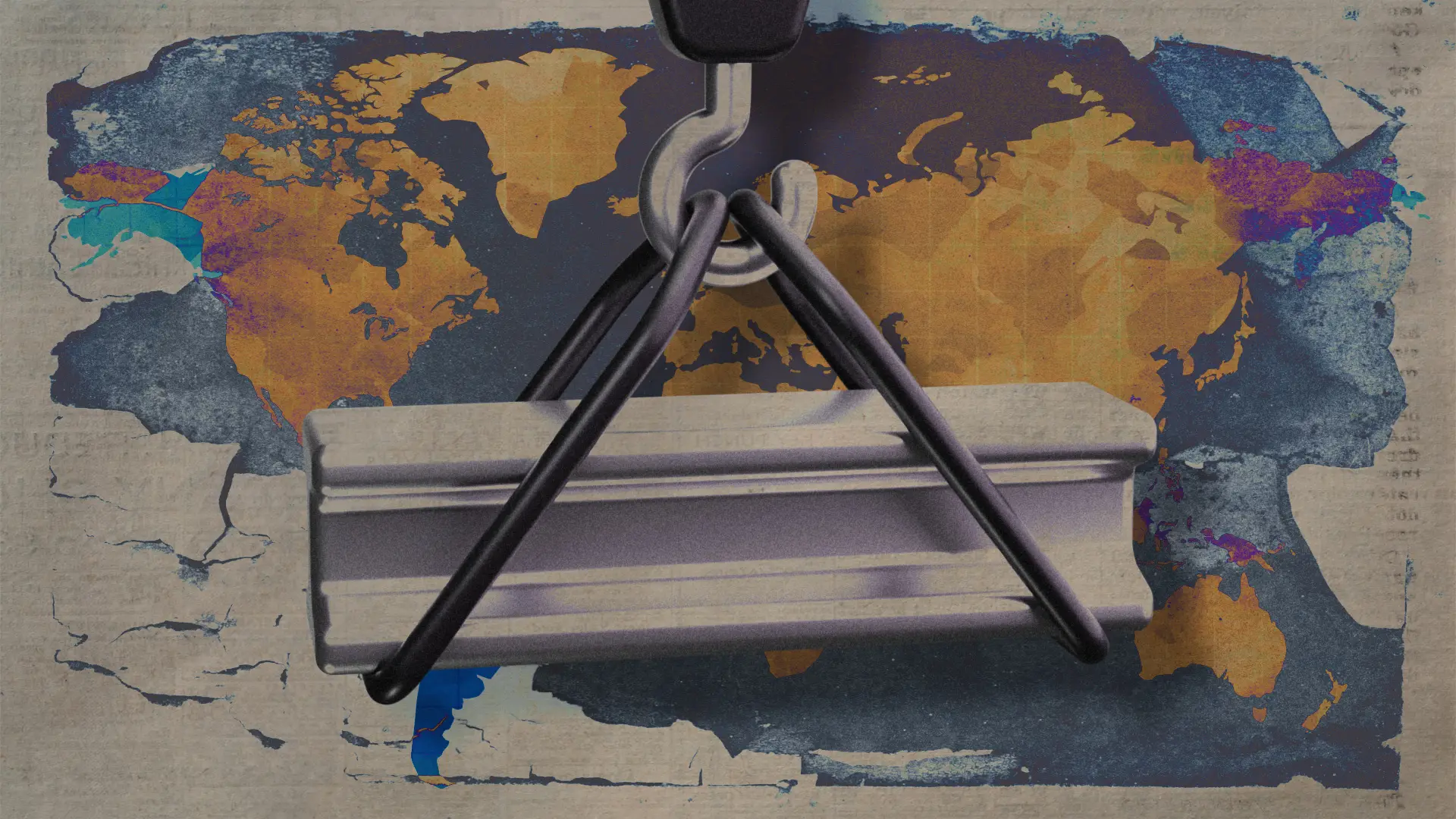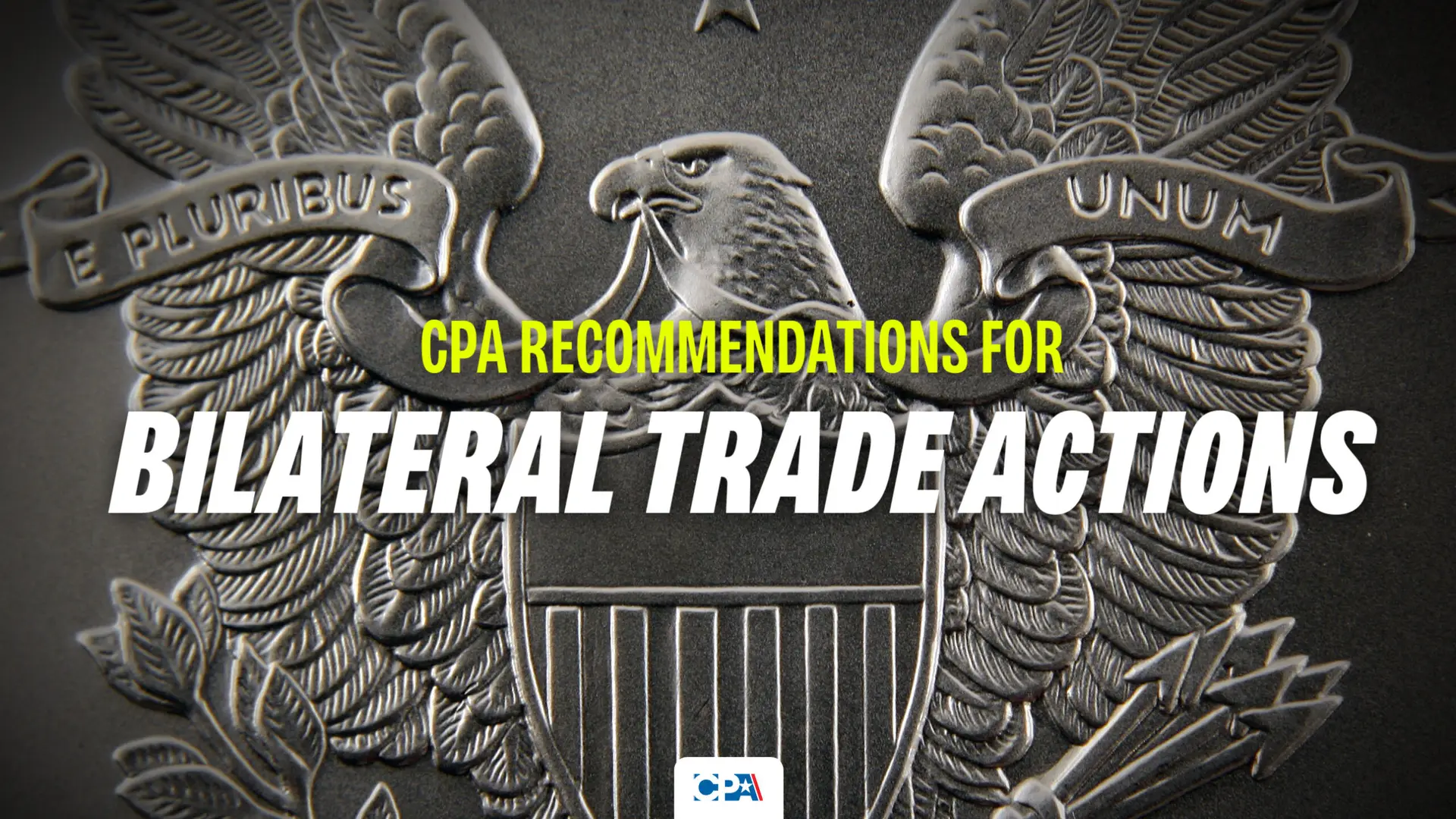What is the difference between an undergraduate international trade economics class and a graduate-level class?
The difference is that in an undergraduate economics class they teach you that the ideal level of tariffs for any country is zero. Free trade rules!
But in a graduate-level class, they teach you that tariffs can help a nation maximize its national income. What level of tariffs? Estimates vary from around 14% to as high as 60%.
You read that right. Mainstream economists believe, and teach their graduate students, that tariffs at the right level can serve to maximize national welfare! When they testify in Congress or write pompous know-it-all newspaper columns, they invariably preach free trade. But in an economic theory class, they tell the truth. Here’s Paul Krugman on the subject:
“a dirty little secret of standard trade theory is that big countries…actually can gain from modest tariffs…for a country like the United States, the unilateral optimum tariff might be on the order of 30 percent.”[1]
The “optimal tariff” in economic theory is that level of tariffs that a nation can impose that will maximize its national income. National income is another term for gross domestic product (GDP), which is the sum of a nation’s consumption, investment, and exports less imports. In the simple trade economics model of a national economy, exports and imports are always equal. So optimal tariffs reduce both exports and imports but result in a nation being able to purchase more imports for every dollar of exports.
An even higher estimate of optimal tariffs comes from Ralph Ossa, now the chief economist at the World Trade Organization and previously at Chicago’s Booth School of Business when in 2011 he published his widely read study, Trade Wars and Trade Talks with Data.[2] In the paper, Ossa estimated that the optimal tariff for the U.S. was 60.3%, and the welfare gain (roughly equivalent to GDP gain) for the U.S. with that tariff would be 2.3%, or in today’s money about $575 billion—more than the estimated gain from most free trade agreements! Ossa’s study divided the world into seven regions and found that the optimal tariffs for all regions came in between 56% and 62%, with the world’s average optimal tariff at 58.9%[3].
Ossa explained that each country or region gained by imposing “optimal” tariffs and the global gain exceeded the global losses.
“I find that each country can gain considerably at the expense of other countries by unilaterally imposing optimal tariffs. In the complete version with lobbying, the mean welfare gain of the tariff imposing government is 1.9 percent, the mean welfare loss of the other governments is -0.7 percent, and the average optimal tariff is 62.4 percent. “[4]
Readers of this article who have successfully avoided graduate-level economics courses are probably wondering three things: What on earth are optimal tariffs? Are they better or worse than free trade? And finally, why is it that economists keep this part of established economic theory effectively a secret?
We will deal with each in turn.
Understanding Optimal Tariffs in the Simplified World of Trade Economics
Trade economics is the study of what trade patterns can help a nation or the world maximize national or global income in an “equilibrium” situation, which means when all resources are fully employed in all industries where they can produce the maximum output. Since trade economics starts from a position where every nation’s resources are fully employed, the purpose of trade is to buy imports as cheaply as possible, in other words for as few exports as possible. For a large country like the U.S. that has a large market to offer foreign exporters, a tariff would force foreign exporters to cut their prices to compete with domestic producers. So a 60% tariff on imports might drive import prices down by perhaps half of the tariff rate or 30%. The post-tariff price in the U.S. would rise by 30%, but the increased domestic output plus the tariff revenue (which the government could distribute to consumers of the tariffed goods) would lead to higher national income within the U.S.
In this scenario, the tariff can continue to rise until it becomes so high that total sales in the tariffed sectors decline so rapidly that the tariff becomes prohibitive. The tariff rate that provides the maximum stimulus to U.S. production along with the maximum of U.S. tariff revenue is known as the optimal tariff. In the words of an international trade textbook authored by Paul Krugman and two other highly respected trade economists: “activist trade policies can sometimes increase the welfare of the nation as a whole.”[5]
The best way to view an optimal tariff is as a sales tax where all the tariff revenue collected is refunded to the purchasers of the taxed items. So the buyers (i.e. importers) are made whole, the government clears no money after the refunds, but the foreign sellers are forced to accept a lower price than in the absence of the tariff. In the narrow world of trade economics, it does not matter if the government refunds the tariff revenue or spends it on building new government buildings, because either way the benefits go to the citizens of the nation implementing the tariff. Trade economics is only concerned with the question of how international trade impacts the total national income of a country (and other countries) at a single moment in time.
Other economists have confirmed the existence of optimal tariffs, with the optimal tariffs estimated at varying levels. Economist Douglas Irwin, one of the most prolific advocates of free trade, published a paper with colleague Anson Soderbery in 2021 in which they estimated that U.S. optimal tariffs in the early 1930s were 17.5%[6]. Irwin and Soderbery pointed out that their estimate was “remarkably” similar to estimates obtained by another group of economists who found 14% average optimal tariffs for the U.S. in the (more recent) 1988-2007 period[7]. Irwin and Soderbery go so far as to speculate that the U.S. would have been a net gainer had it expanded the 1930 Smoot-Hawley tariffs to include “coffee, tea, tin, and bananas.” Congress did not include those items partly because there was no domestic lobby supporting tariffs on such items and because it was concerned about consumer prices. Also, there was no mechanism for channeling the tariff revenue back to the purchasers of such items, which limited the appeal of optimal tariffs.
These findings on optimal tariffs are confirmed by our CPA studies using a modified, more realistic version of the GTAP trade model. Our model was modified to allow tariffs to stimulate domestic production, an effect that is ruled out in the traditional standard version of the model. Our model finds that tariffs of 35% on manufacturing goods and 15% on most non-manufactured goods supplied by non-free trade agreement countries leads to an increase in U.S. GDP of 6.95%. Further, in our simulation in which the tariffs are matched by identical retaliatory tariffs from other countries, U.S. GDP still grows by 5.95%. And, as one would expect with tariffs that are high but not yet at optimal levels, the foreign countries in the model also see GDP growth.
So Is Global Free Trade Better than Optimal Tariffs, and If So Why?
Ossa’s 2011 analysis found that if all major global regions enact tariffs in the 50%-60% range, then all regions gain more in GDP growth than they lose. The gains are not huge, on the order of 1.5% to 2%, but they are significant, i.e. over $1 trillion in total. We found similar results in our economic modeling of U.S. tariffs of 35%/15% mirrored by retaliatory tariffs at the same levels. The U.S. and other nations gain in GDP.
Ossa’s findings and CPA’s findings both address the situation presented by the recent patterns of trade and production worldwide (both use the GTAP database, a widely used international trade database maintained by an international network of academic economists), and ask the question: would large tariffs improve national and global GDP? Both find the answer is yes. The fact that Ossa is today the chief economist of the World Trade Organization, which supports low tariffs, makes his finding that high tariffs would be beneficial even more compelling.
Optimal Tariffs vs. “Pure” Free Trade
Is there a case where pure free trade, i.e. zero tariffs worldwide, would be better than optimal tariffs? The question depends on which countries one looks at. Optimal tariffs favor large countries, because they have the market power to get foreign exporters to reduce the prices charged for their exports into the large market. Small countries have little market power in most commodities and may have none at all. Ossa’s high figures for optimal tariffs for all regions follow from the fact that all seven regions he examined were large.
It’s likely that an estimate of optimal tariffs for all the world’s 150+ nations treated separately would find that high optimal tariffs would benefit the U.S., China, the European Union, and mid-sized nations such as India and the United Kingdom. Smaller nations might suffer a modest decline in their national incomes. In such a hypothetical scenario, they might band together into free trade groups. This was in part the original (pre-1992) motivation for formation of the European Economic Community, before it became a political grouping.
One could speculate that without any econometric analysis China and India have already implemented near-optimal tariffs on their own, either via tariffs or non-tariff barriers. However, it is important to remember that trade economics focuses on maximizing national income at the current moment. The policies of China and India were aimed at increasing their growth rate over time and moving from agrarian to industrial countries. Trade economics has nothing at all to say about that. It is also silent on employment policies. It’s common to see economists in Washington discuss the findings of trade economics as if they applied to all economic problems, which is sometimes an accidental and sometimes a deliberate attempt to exaggerate and aggrandize the importance of academic economic theory.
To explain that point further, in the context of academic trade economics, the best trade policy might be one that enables a nation to maximize its short-term national income, yet it might come at the expense of delivering a long-term growth rate of zero with little opportunity for its citizens to achieve the living standards of advanced nations. Greece is an excellent example of this: its comparative advantage is in tourism and it may well be maximizing its national income now by investing heavily in expanding its tourism industry, but such a strategy is unlikely ever to enable it to reach the living standards of northern Europe.
“Intellectually Impeccable”
Returning to optimal tariffs, even Paul Krugman, the trade economist who has been most vocal in opposition to tariffs and any industrial policy admits the superiority of optimal tariffs for large nations. “The terms of trade [i.e. optimal tariffs] argument against free trade, then, is intellectually impeccable but of doubtful usefulness,”[8] he writes in his standard graduate-level textbook. His claim of “doubtful usefulness” is based not on theory nor on any objective metrics but because it would “undermine” attempts at “international trade policy coordination.” As we point out above, international trade policy coordination might actually reduce GDP for many nations as compared to a regime of global optimal tariffs.
So why then has the entire community of U.S. academic economists chosen to support completely unfettered free trade when even their own theoretical framework agrees that double-digit rate tariffs would increase national income? The answer lies in history.
Economists and Free Trade
Since the time of Adam Smith, the vast majority of U.S. economists advocated free trade policies—even while political leaders from Alexander Hamilton to Abraham Lincoln advocated protectionism. But economists were not very influential in U.S. politics or public opinion for most of our history.
That changed in 1933, when Franklin Roosevelt brought hundreds of economists into the federal government and appointed them to powerful positions. Those economists were almost all Democrats, and free traders. They were also heavily influenced by the growing public sentiment towards free trade that had become politically dominant in the Progressive period (1900-1918).
U.S. economists, like other American academics, were deeply affected by the events of World War II, and specifically the Nazis’ use of restrictive trade and currency policies to force the small nations of eastern Europe to trade with Germany on terms that advantaged Germany and enabled Hitler to build a powerful war machine. After 1945, it was widely believed that international trade rules requiring free and open trade would help prevent the rise of another Nazi dictator, while also providing new opportunities for poor nations to climb the ladder of economic development. In the U.S. after the war there was also a general belief that U.S. industrial superiority was so great that unfettered trade with other nations could only benefit the U.S.
U.S. economists came to view free trade almost as a signature doctrine, because it distinguished them from the business community who were their chief rivals for government jobs. Free trade had a nice heritage (Adam Smith, David Ricardo, etc.), it allowed economists to market themselves as “independent and objective,” and it enabled them to criticize business groups as “special interests.”
By the 1970s, it was clear that U.S. industrial superiority was suffering from the onslaught of Japanese and German imports. In that period, economists’ consensus began to shift towards “Chicago School” thinking. Chicago School thinking continued to embrace free trade along with other free market principles. But in addition, economists of all persuasions were at that time also concerned about growing concentration and monopolization of the economy, by both large corporations and labor unions. Free trade, i.e. foreign competition, offered a clear tool to break up monopolization.
Once again, the politicians showed more flexibility and subtlety in their thinking and actions than the economists. Ronald Reagan praised free markets constantly, yet did not hesitate to impose restrictions on foreign automakers and chipmakers to help out U.S. industry and U.S. workers. Economists showed little such flexibility. They stuck with doctrinaire support for free trade.
The entry of China into the camp of export-led nations that abused and twisted the rules of free trade to their own benefit made it obvious that so-called “free trade” was neither free nor fair nor good for the bottom half of the U.S. income distribution. Voters endorsed that view in 2016 with the election of Donald Trump. However, economists still almost unanimously adhere to free trade, because career success in academia still depends on catering to the preferences of the older generation of economists that control tenure, academic journals, and other valuable job opportunities.
Although the concept had been around since the 1890s, the existence of optimal tariffs has been downplayed in economics, when it has been taught at all. Nevertheless, its significance is great. It tells us that a nation can unilaterally reduce the cost of its imports by judicious use of tariff policy. The reply that this could cause a “trade war” is a red herring in today’s world. The real trade war began when countries like China and Germany, used near-permanent trade surplus to advantage their economies (from a growth and employment perspective). For a near-permanent deficit country like the U.S. to use tariffs to address its deficit when all else has failed is simply logical and common sense.
There is now a growing number of eminent economists recognizing that a strict “free trade” view of economic policy is not only wrong but isolating the academic economics community from the real world. Optimal tariffs are a subset of industrial policies which can be used in today’s complex world to address disappointing U.S. economic growth, a sub-standard distribution of resources, and income inequality. A small but growing number of eminent economists are beginning to recognize that excessive free trade can be both economically and socially destructive. See for example my article[9] on industrial policies here. Harvard economist Dani Rodrik and colleagues made a similar argument[10] here. And earlier this month, Princeton economists Anne Case and Angus Deaton wrote that the life expectancy of Americans without college degrees has been declining since 2010. They attributed the decline to “excessive health care costs, globalization, and automation.”[11]
This growing group of rebel economists do not all support tariffs, but they all support new forms of industrial or economic policy that were barely considered a decade ago.
Notes
[1] Paul Krugman, “Steel Tariffs and Wages (Painfully Wonkish)”, The New York Times, April 4, 2018.
[2] Ralph Ossa, “Trade Wars and Trade Talks with Data”, NBER Working Paper No. 17347 August 2011, Revised January 2014.
[3] See Ossa, op. cit., pg. 43, Table 3a for these results.
[4] Ossa, op. cit., pg. 2.
[5] Paul Krugman, Maurice Obstfeld, Marc Melitz, International Trade Theory and Policy, 10th Edition, Pearson Education, 2017, pg. 266.
[6] Douglas Irwin, Anson Soderbery, Optimal Tariffs and Trade Policy Formation: U.S. Evidence from the Smoot-Hawley Era, 2021.
[7] A. Nicita, M. Olarreaga, Peri Silva, Cooperation in WTO’s Tariff Waters?, Journal of Political Economy, June 2018.
[8] Krugman, Obstfeld, Melitz, op. cit., pg. 267.
[9] Jeff Ferry, Industrial Policies Gain Support in the Academy, CPA website, Aug. 17, 2023.
[10] Reka Juhasz, Nathan Lane, Dani Rodrik, The New Economics of Industrial Policy, SOCARXIV Papers, August 2023.
[11] Anne Case, Angus Deaton, Without a College Degree, Life in America is Staggeringly Shorter, New York Times, Oct. 3, 2023.












